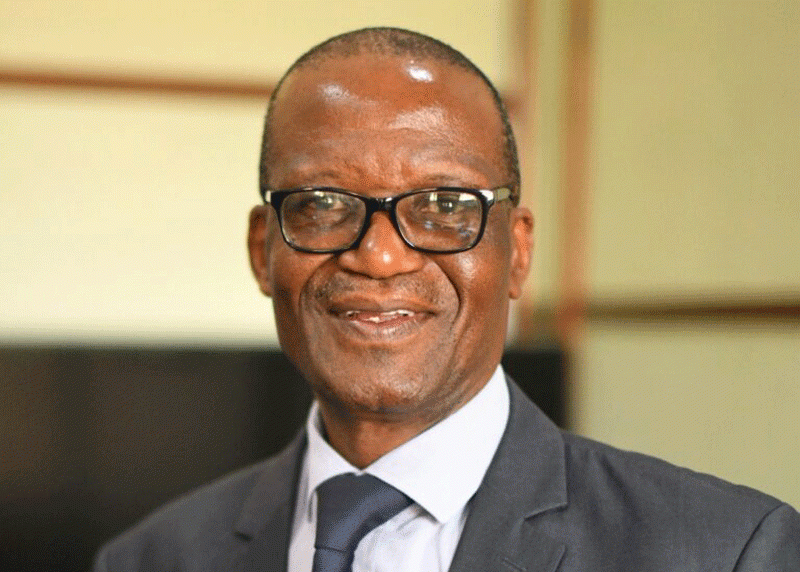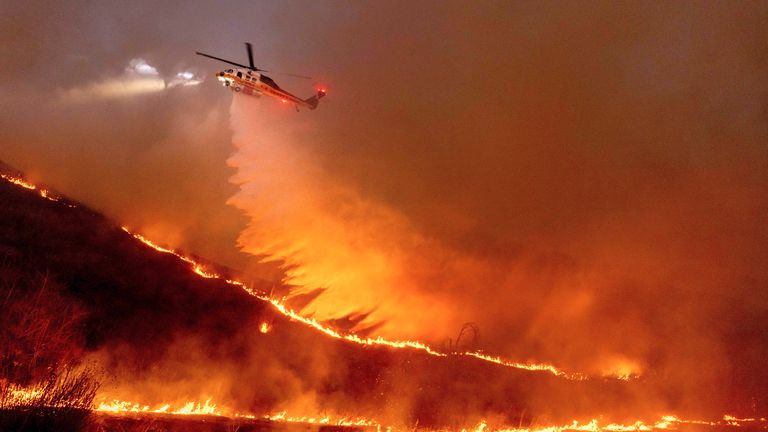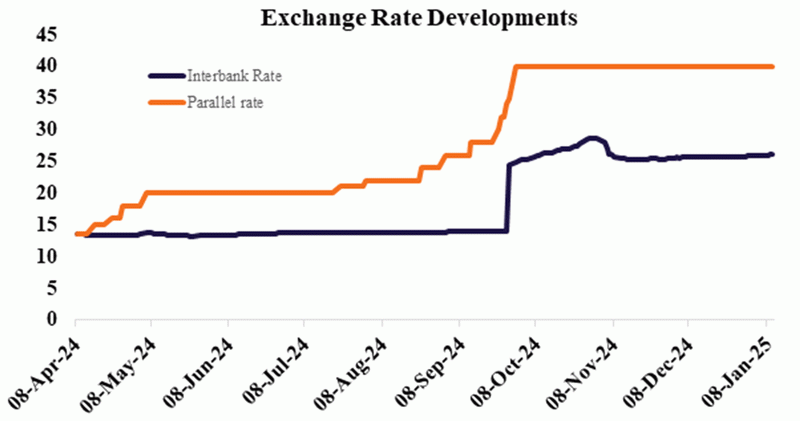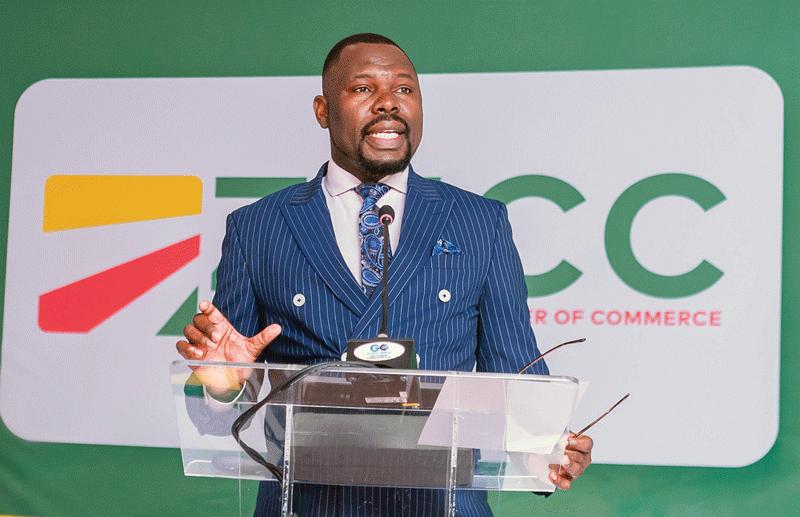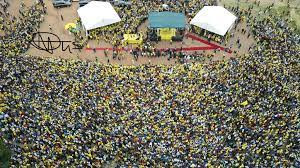
AT the height of campaigns for general elections held on August 23, President Emmerson Mnangagwa made shocking disclosures that the government had sent drones to a Citizens Coalition for Change (CCC) rally.
“They only have 15 000,” Mnangagwa said at a rally in Masvingo province, which Zanu PF said it was attended by over 140 000 people. He was referring to a rally, which was being addressed by CCC president Nelson Chamisa.
“We sent our drones (to their rally),” Mnangagwa said, raising concerns about what else they were using the drones for.
Government authorities are now using drones to monitor motorists and political protesters, according to information obtained by the Zimbabwe Independent.
Drones are also known as unmanned aerial vehicles (UAVs), which have become an important part of law enforcement activities worldwide.
In Zimbabwe, they are being used to deal with rising sophisticated criminal activities, which have seen an increase in bank heists.
The UAV technology is used by border control authorities, who rely on drones to combat illegal transnational human traffic and illicit financial flows (IFF).
Agencies and private organisations already using UAVs say there are the most effective technologies for identifying threats and tracking criminals in places like national parks and smuggling flashpoints.
- Chamisa party defiant after ban
- Village Rhapsody: How Zimbabwe can improve governance
- News in depth: Partisan police force persecutes opposition, shields Zanu PF rogue elements
- Chamisa chilling death threat bishop defiant
Keep Reading
They can also be cost-effectively used to gather intelligence by capturing photographs, videos and other data, which can be vital for operations.
This week, officials in the Kavango Zambezi Transnational Park said they had completed a landmark elephant census in the wildlife sanctuary using UAV technology.
Despite their effectiveness, organisations like CCC say they are worried about the potential abuse of the technology in the country to snoop at citizens.
Gift Siziba, CCC deputy spokesperson, said his party is concerned that government has been deploying UAVs to spy on the opposition.
“Zimbabwe is now a pariah state where citizens are intimidated, where surveillance is the order of the day, where members of Parliament, national leaders and activists are being surveyed every day by the regime,” Siziba said.
“We have always been surveyed. That has triggered a great amount of fear in the country.
“There was no election in rural areas, there was coercion,” he said.
But Paul Nyathi, the Zimbabwe Republic Police (ZRP) spokesperson, said aerial surveillance was an important part of the force’s transformation.
“We have always adopted technology in policing,” Nyathi said.
“Drones are a part of policing transformation. We have been using drones and we are looking forward to adding more into the ZRP’s system.”
The Independent reported three weeks ago that authorities had turned to facial recognition technology (FRT) to help law enforcement agencies combat sophisticated crimes. However, human right activists warned that it could be used to suppress citizens’ rights and close an already compromised democratic space.
During often bloody showdowns with discontented members of the public, wrong people have sometimes been arrested.
This is why Harare, which recently held general polls that observers feared could end with protests, has made efforts to introduce FRT, according to analysts and government officials.
The FRT technology matches captured images with other facial images held in databases or "watch lists".
It is a highly intrusive system, which collects and processes data about a person’s face.
It captures, extracts, stores or shares people’s biometric facial data, often without consent or prior notice.
Some global bodies, including the United Nations, say FRT can seriously undermine freedoms. Permanent secretary in the Ministry of Home Affairs Gerald Gwinji said three weeks ago the government had adopted FRT and was currently carrying out tests.
The ministry presides over the ZRP and other state agencies, like the immigration department. In the context of policing, FRT may involve the use of cameras, which capture individuals’ facial images and process them in real-time (Live FRT) or at a later point, according to specifications of the technology.
This results in the creation of “digital signatures of identified faces”.
However, the police’s use of FRT has a seismic impact on the way societies are monitored or policed, analysts said.
They said such intrusive technologies pose significant privacy, data protection and ethical questions around whether democracies should ever permit their use.
The analysts also said the introduction of FRT inevitably results in the normalisation of surveillance and cast a "chilling effect" on the exercise of fundamental rights, such as the freedom of expression or protest.
Zimbabwe engaged a Chinese firm called CloudWalk for the programme.
Digital rights advocates are cautious about Zimbabwe’s use of such technologies.
In many countries, there have been several incidences where UAVs have been assigned to carry out operations that have ended in disaster.
And Zimbabwe’s opposition fears law enforcement could be tempted to do the same.
On January 3 2020, Qasem Soleimani, an Iranian major general, was targeted and killed in a United States drone strike near Baghdad International Airport in Iraq.
He was on his way to meet Iraqi Prime Minister Adil Abdul-Mahdi.
Experts, however, believe drone technology is critical in providing reconnaissance and surveillance in remote or hard-to-reach areas. Many experts say UAV technology legislation should be constantly reviewed to plug loopholes that may end in abuse. The Civil Aviation Authority of Zimbabwe (Caaz), which regulates local airspace, said like any other legislation, UAV regulations can be amended as and when necessary.
“By coming up with the regulations on drones, Zimbabwe has already adopted the technology, which is being widely used in various industries, such as agriculture, mining recreation,” Elijah Chingosho, director general at Caaz, said.
“Adopting the regulations helps to ensure safe operations and provide guidance for the industry.”
Rufaro Mhandu, a drone technology expert, agrees with government authorities that UAV technologies were vital in capacitating state agencies tackle crime.
“The adoption of drone technology will help fight crimes,” Mhandu said.
“Drone technology can be used for various purposes, from geographical mapping, building safety inspections, critical infrastructure inspections, such as powerlines, precision crop monitoring, law enforcement and border control surveillance.
“When it comes to using drone technology for law enforcement and border control, the benefits for public safety outweigh privacy concerns.
“Drone technology would be able to capture these offences as they occur and send signals to law enforcement agencies for quick responsive action.
“This will mean that law enforcement agencies will need to be capacitated enough to engage in quick responses. Vehicles for responses will be needed. For night patrol, even bicycles will also help in residential areas and CBDs across the country,” she said.
Mhandu said the adoption of UAVs comes with benefits, but it also depends on what authorities want.
“Adoption of drone technology has several benefits, depending on the intended use by the country,” she said.
“In the context of crime prevention, some of the benefits include tracking of criminals. Some offences will be captured as they occur, some offences can be stopped before they occur and violent crimes such as robbery, unlawful entry, rape, and murder cases might be reduced,” Mhandu said.
Analysts believe that as African governments assess the risks of cyberattacks on critical infrastructure, such as on Transnet in South Africa in 2021, they should also consider the unintended consequences of drone use. The continent has yet to witness a major installation being targeted by drones. On the other hand, there is growing evidence of drones being weaponised by violent extremists and transnational criminal networks, either as a surveillance tool or as part of their intelligence and reconnaissance operations.
- The article is part of a research on digital surveillance,supported by the Media Policy and Democracy Project run by the University of Johannesburg’s Department of Communication and Media.

